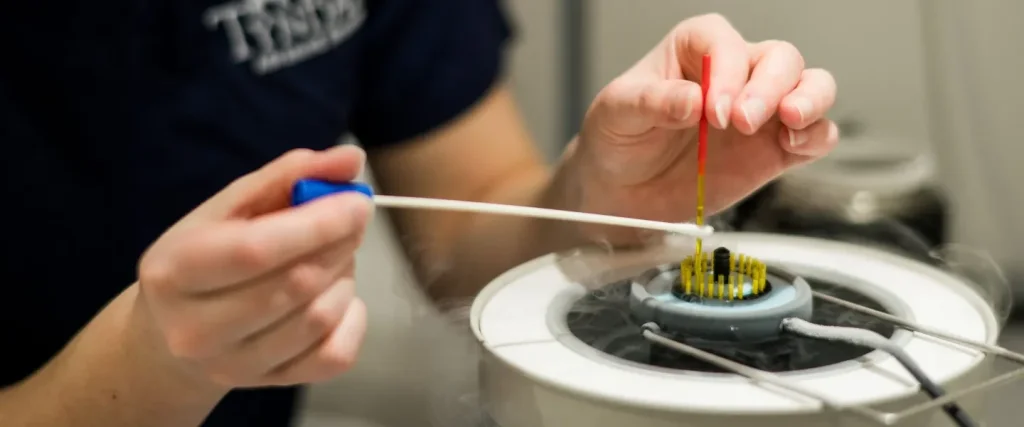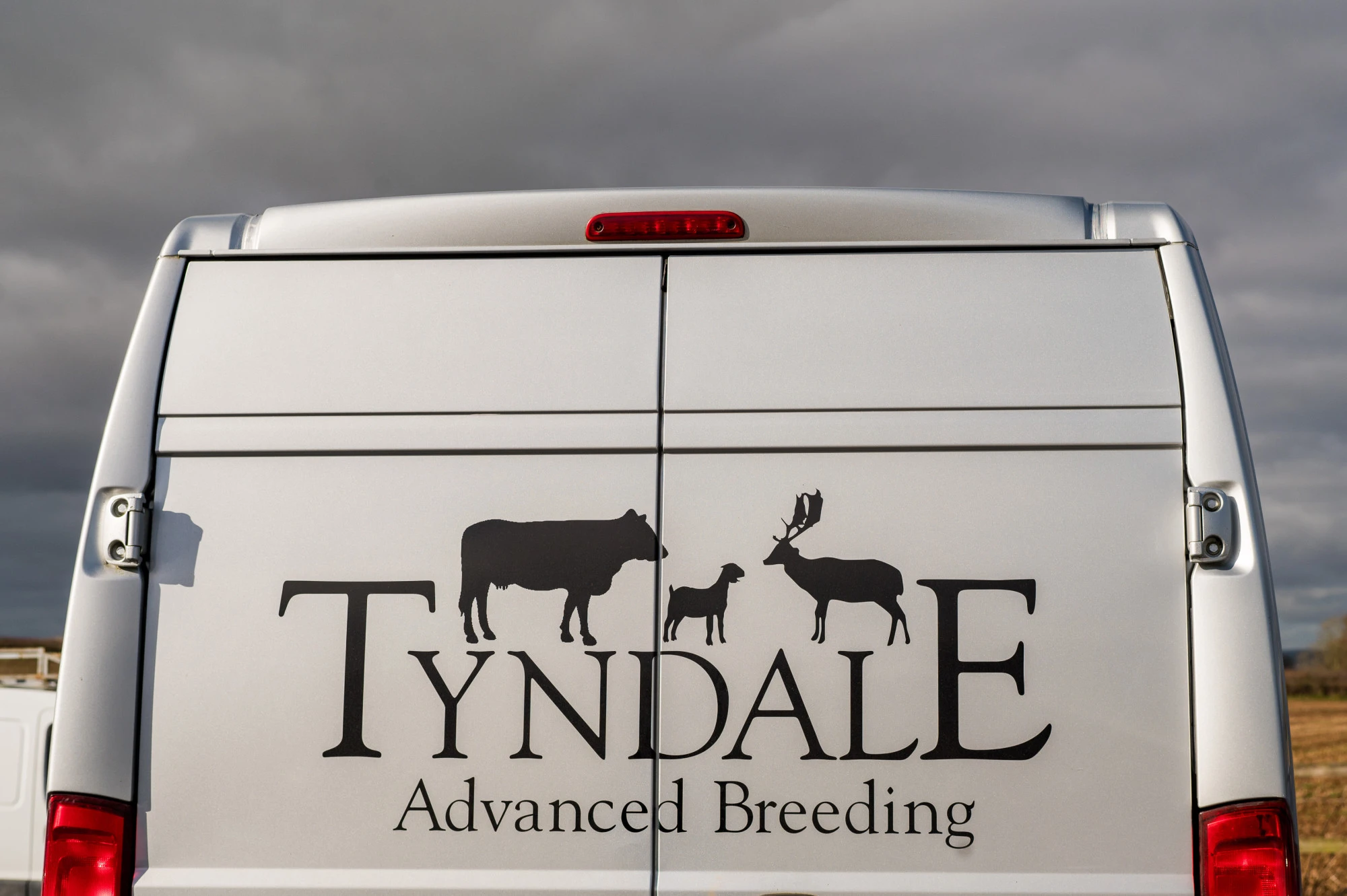MOET, conventional flushing.
MOET (Multiple Ovulation Embryo Transfer): Conventional Flushing for Premium Genetics

Maximize Your Herd's Potential with Traditional Embryo Flushing
At Tyndale Vets, we offer MOET, or conventional embryo flushing, as a valuable reproductive technology for breeders seeking to enhance their herd's genetic merit. This technique provides a reliable method for collecting and transferring embryos, offering specific advantages for certain situations.
Why Choose MOET?
Improved Hold Rates: Embryos produced through conventional flushing may exhibit slightly higher conception rates.
Export Compliance: For exporting embryos to countries like Australia, MOET-produced embryos are often a requirement.
TB Restriction Compatibility: Even with TB restrictions on your farm, you can collect embryos from non-infected donor animals.
Flexible Transfer Options: Collected embryos can be transferred immediately into synchronized recipients or frozen for later use.
Understanding the Costs:
Collection Fee: £250 per collection.
Embryo Freezing: Approximately £32 per embryo.
Drug Treatments: Approximately £210 per donor.
Key Considerations:
Location Flexibility: MOET, like IVF, can be performed on your farm or at Tyndale Vets.
Repeatability: MOET can be repeated every 6-8 weeks, provided the donor is not pregnant.
Additional Requirements:
APHA Licensing: If your holding is under TB restrictions or you intend to export embryos to EU countries, we must apply to APHA for a collection license, and additional donor testing may be required.
Your Next Steps:
Contact the Advanced Breeding Team to schedule a collection date.
We will handle all necessary licensing applications.
We will provide you with a detailed program and drug treatment protocol.
Recipient synchronization for conventional flushing takes approximately 33 days.
This process involves around 15 interventions.

How MOET Works:
Reference Heat: The process begins with establishing a "reference heat."
Follicular Dominance: A dominant follicle emerges, suppressing the development of other follicles.
Follicle Removal: We remove the dominant follicle to stimulate the ovulation of the remaining follicles.
Artificial Insemination (AI): The donor is then inseminated.
Embryo Development: Multiple embryos begin developing within the donor.
Flushing: Seven days post-AI, embryos are collected through uterine flushing.
What to Expect on Collection Day:
Epidural Anaesthesia: Flushing is performed under epidural anaesthesia.
Uterine Catheterization: A specialized catheter is placed in each uterine horn.
Fluid Flushing: Fluid is circulated through the uterus to collect embryos.
Embryo Recovery and Grading: The collected fluid is filtered, and embryos are identified, graded, and loaded into labelled straws.
Official Records (ET1): Detailed records are generated, including donor, sire, owner, embryo details, and freezing information.
These records have a unique number for easy retrieval.
Copies are sent to breed societies, the client, and are kept on file.
Records accompany embryos during storage transfers.